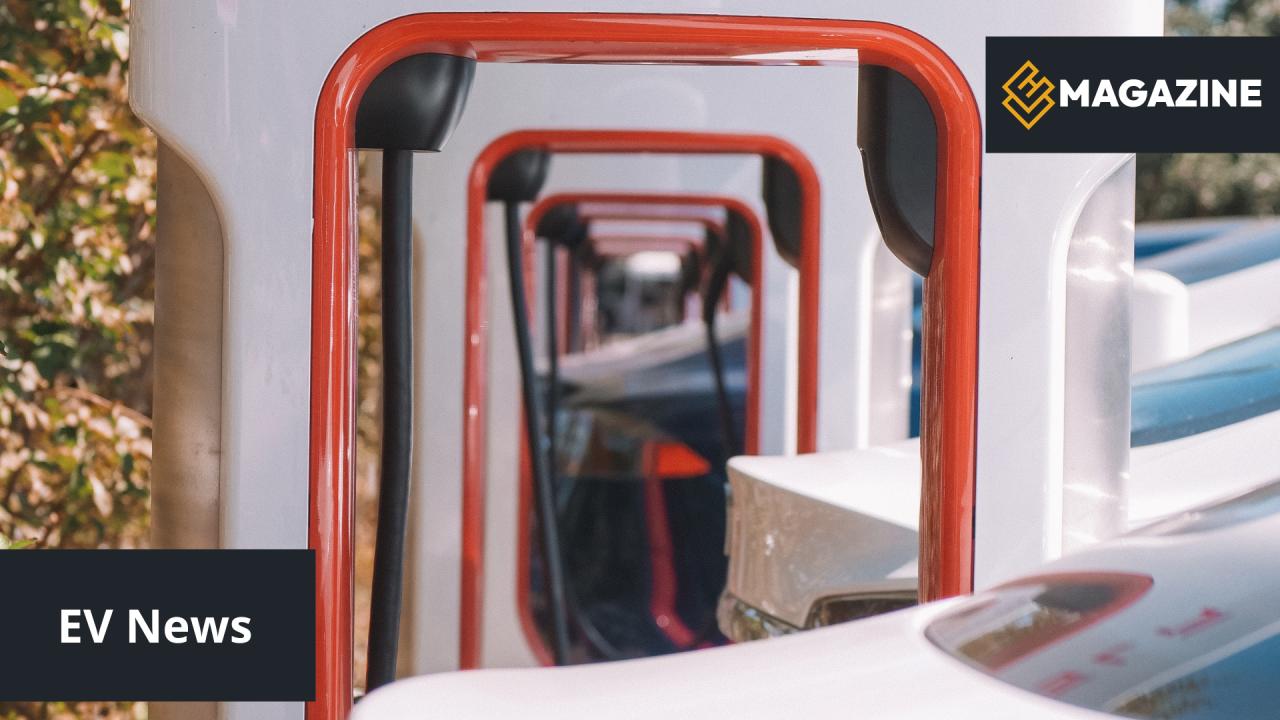In Campbell, California, construction has begun on what is being called the first "true" V4 Supercharger station. This site is the first to be equipped with the new V4 power cabinets, capable of delivering a staggering 500 kW to a single vehicle, a substantial increase from the current standard.
The Key is in the Cabinet and the Car's Architecture
The secret to this enhanced performance isn't just the charging stall itself, but the sophisticated power electronics that support it. The new V4 cabinets can handle a total output of up to 1.2 MW, distributing it dynamically among the stalls. European V4 installations, until now, have been connected to the older V3 cabinets, which physically limit the output to 250 kW per stall.
However, even with the new powerful cabinets, not every electric vehicle can take advantage of such high speeds. The ability to accept power above 300 kW is largely dependent on the vehicle's battery architecture. The vast majority of today's EVs, including Tesla's own popular Model 3 and Model Y, use a 400-volt system. This architecture has practical limits that prevent it from absorbing power much higher than the 250 kW mark.
The true beneficiaries of the 500 kW charging speeds are vehicles built on an 800-volt architecture. This list is growing and includes models like:
- Tesla Cybertruck
- Porsche Taycan
- Audi e-tron GT
- Hyundai Ioniq 5 & Ioniq 6
- Kia EV6 & EV9
- Genesis GV60
For drivers of these cars, the new V4 Superchargers promise a significant reduction in charging times, making long-distance travel even more convenient.
Europe's V4 Network: A Step Towards the Future
So, why did Tesla install V4 stalls in Europe without the corresponding power upgrade? The strategy appears to be one of "future-proofing" the network. By installing the latest-generation stalls, Tesla has prepared its European sites for a seamless upgrade. Once the new V4 cabinets are deployed, these locations can be quickly converted to deliver higher power.
This phased approach also served a more immediate purpose: preparing the network for all EV drivers. The V4 stalls feature a longer charging cable, making it easier for non-Tesla vehicles with different charging port locations to plug in. This was a crucial step in opening the Supercharger network to other brands across Europe.
While no official timeline has been confirmed, it is expected that as more 800-volt vehicles hit the European market and production of V4 cabinets ramps up, we will see the first high-power stations appearing on the continent. The focus will likely be on major transit corridors first, gradually expanding as the EV fleet evolves.
Frequently Asked Questions (FAQ)
Why are European V4 Superchargers limited to 250 kW?
Currently, European V4 stalls are connected to older V3 power cabinets, which have a maximum output of 250 kW. The new, more powerful V4 cabinets are required to unlock speeds up to 500 kW.
Which cars can charge at 500 kW?
Only electric vehicles with an 800-volt battery architecture can take full advantage of charging speeds significantly higher than 250 kW. This includes vehicles like the Porsche Taycan, Hyundai Ioniq 5, and Tesla's own Cybertruck.
When will Europe get 500 kW Superchargers?
Tesla has not announced a specific date, but it is expected that the rollout of full-power V4 stations in Europe will begin as the number of compatible 800V vehicles on the road increases. The infrastructure is being prepared for this transition.
Zdroj: evmagazin.cz, teslarati.com, tesla.com

